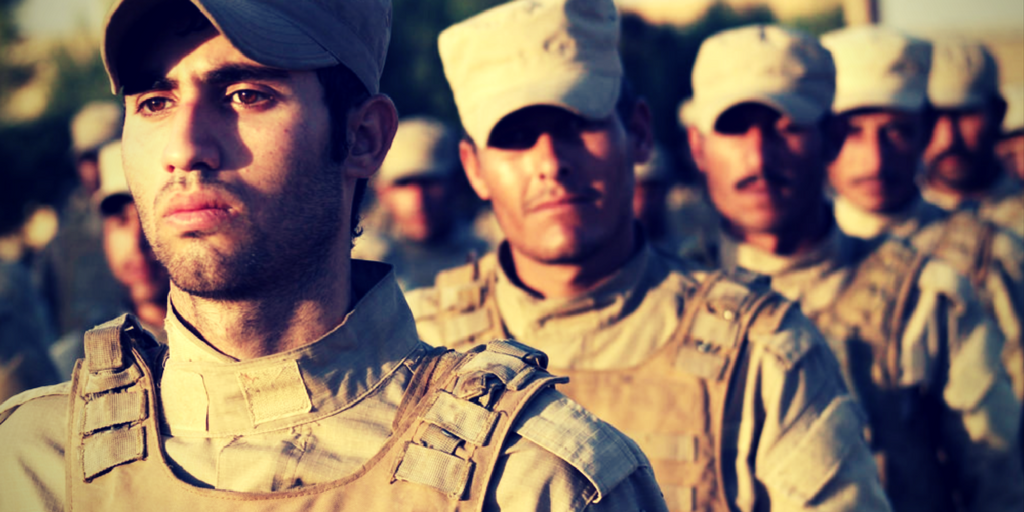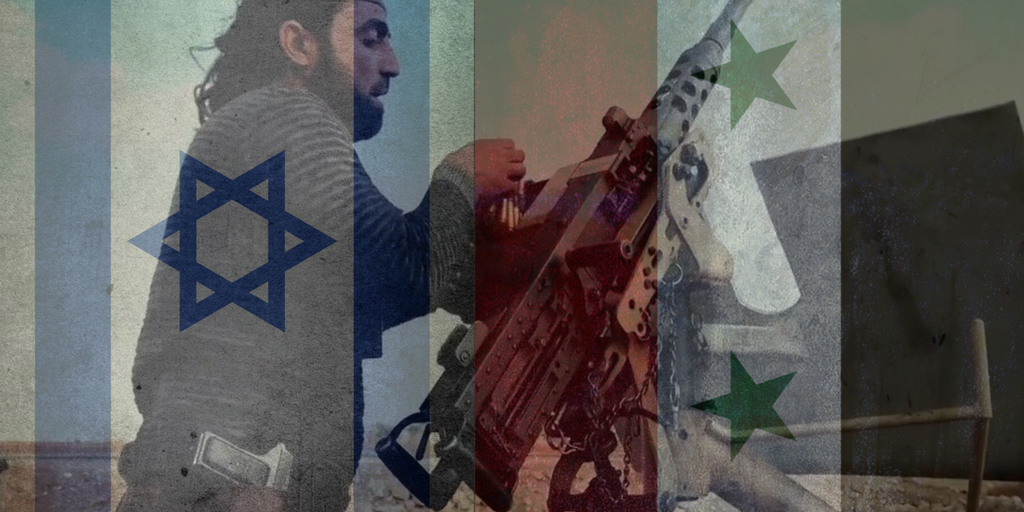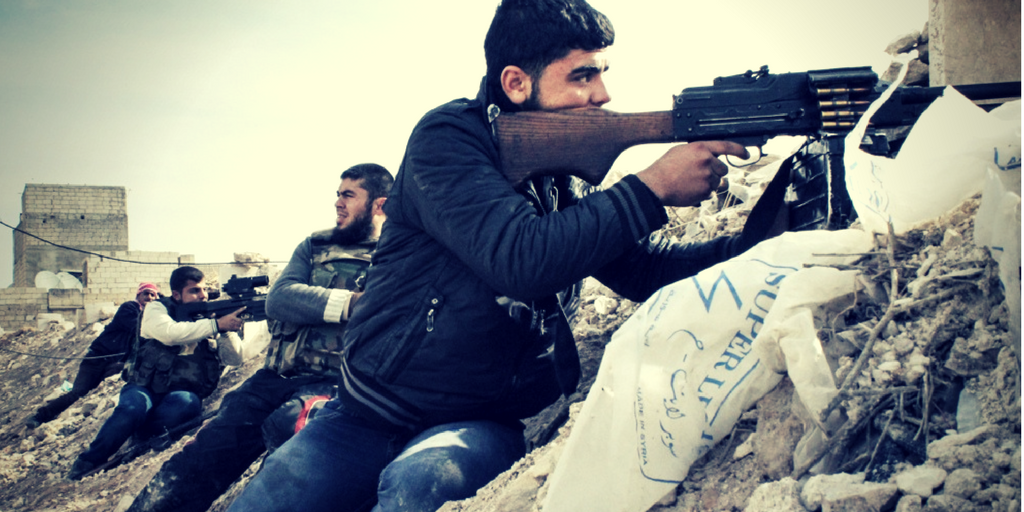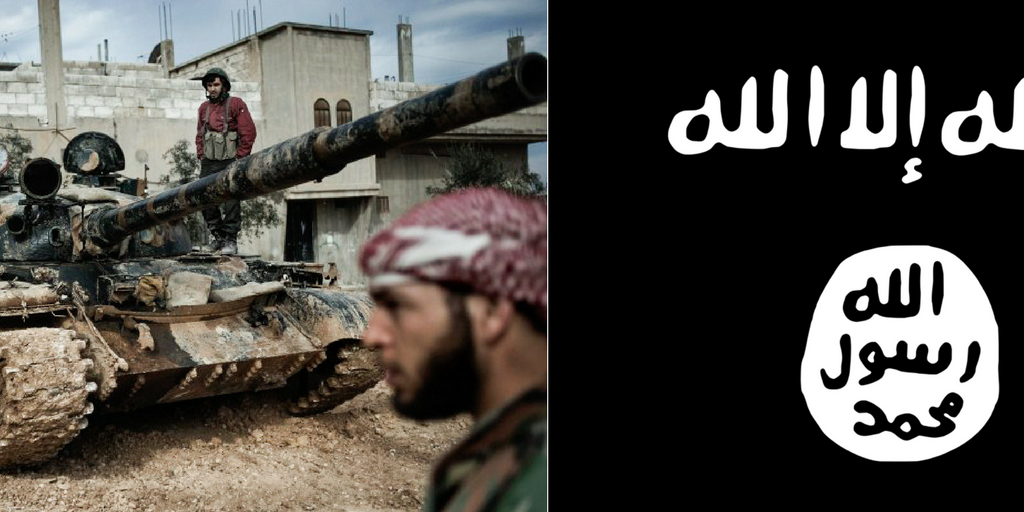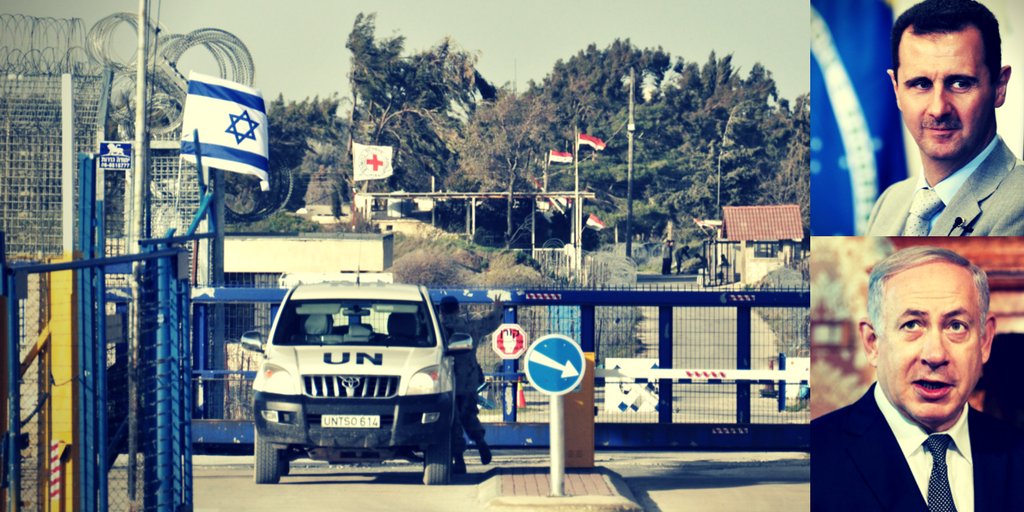Enemies make great friends when interests converge.
Turkey has announced the imminent launch of a serious military operation in the Afrin district of Northern Syria to wipe out the Kurdish militias in the area.
Pro Syrian news sources have reported that Turkish backed Free Syrian Army rebels have defected to the Syrian regime army to fight the Kurds. Although it is hard to tell if this is an isolated event, the fact that Turkey inked a deal to buy the Russia S-400 anti-aircraft system shows how the once formidable ememies have come together against a common foe, the US and its Sunni Arab Alliance.
The Kurds have long played both sides, but recently the Trump administration have gone out of its way to court the Syrian Kurdish militas (YPG) and merged them with the Syrian Democratic Forces (SDF). The combination of moderate Syrian Arabs with elite Kurdish militias have proved pivotal in fighting the Islamic State.
With the coopting of the Northern wing of the FSA, which as opposed to its Southern wing is highly staffed by Turkish elements, the Kurds will have to contend with an Erdogan emboldened by Russian backing and a rebel force that is willing to fight to death to drive the Kurds back from their positions.
Israel and America Must Take a Stand
With the Kurdish army in Syria on the line, Israel and America must take a stand and stop the coming Turkish onlaught from decimating the one fighting force that has proven successful against Jihadist and stablizing for a post Assad Syria. If the Kurds fall in the North it will be another setback for America, Israel, and their Sunni Arab allies. Worst of all it would be just one more of a long list of American let downs in helping the truly indigenous Kurds finally reclaim their ancient homeland.

